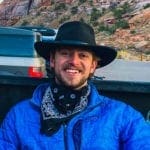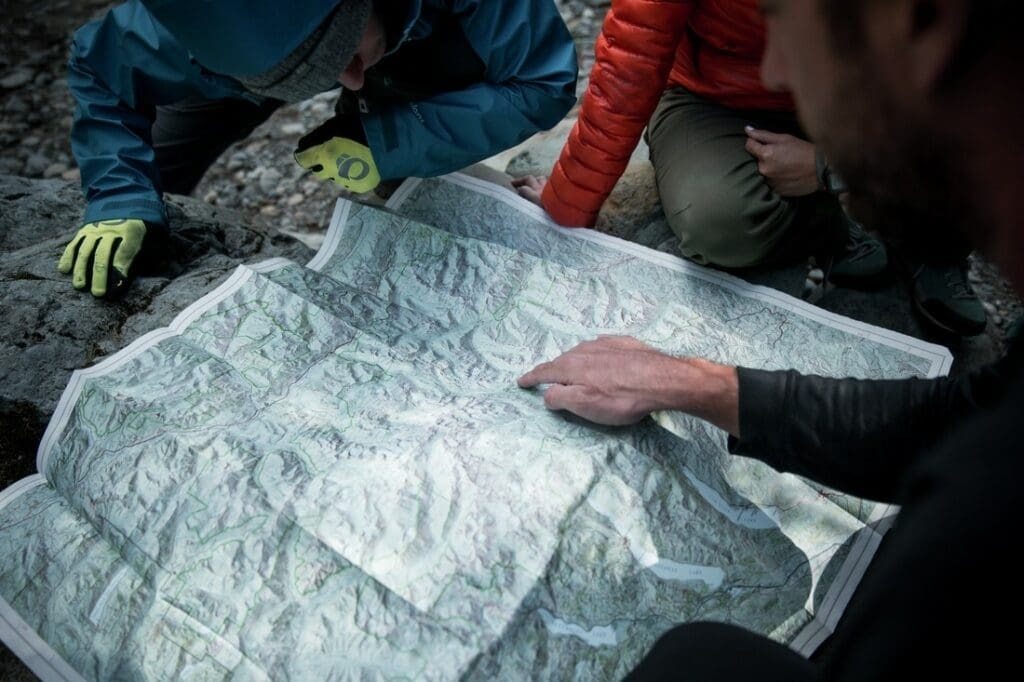The 10 Essentials are a must-have for any hiker. They consist of first aid and emergency equipment that can assist in case of minor injuries, sudden weather changes, or unforeseen delays. These items are just the bare essentials that every hiker should carry with them.
Overview
Let’s consider a potential emergency situation, which is not uncommon in real life. You have just reached the end of a lengthy and moderately challenging ridge climb on a remote mountain. As the last rays of sunlight fade away, you finally reach the summit.
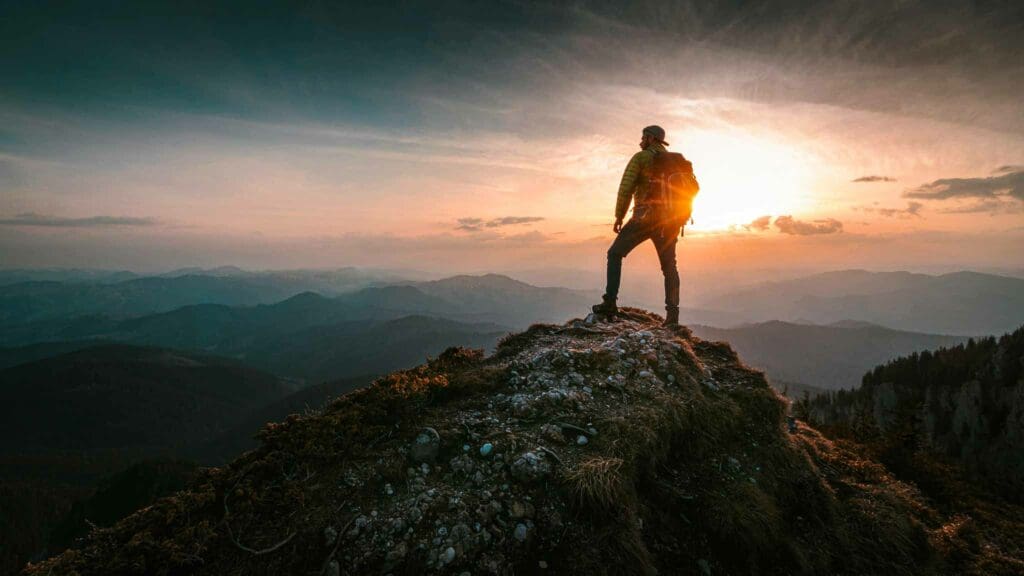
Hiker on top of the mountain at dusk.
The climb took much longer than you anticipated, but thankfully, you brought your trusty headlamp with you. Upon taking it out of your pack, you notice that the power indicator is showing a low battery. This realization causes a feeling of panic to rise up inside of you. One thought crosses your mind:
“Uh oh.”
Are you fully prepared to descend alone in the darkness, or in a worst-case scenario, wait out the night at such a high altitude? The key to survival could be simpler than you realize.
The Ten Essentials list is a lifeline, a checklist of survival necessities designed to prepare you for the worst. It’s the difference between life and death in the wild, ensuring your ability to endure unforeseen crises and safely spend a night – or more – alone in the great outdoors. With this list, you are equipped to tackle any challenge that comes your way, emerging victorious against nature’s unforgiving obstacles.
Table of Contents:
Article Navigation: Click on any of the listed items in the table of contents below to jump to that section of the article. Similarly, clicking on any large, white section header will jump you back to the Table of Contents.
- Overview
- The Ten Essentials For Hikers and Backpackers
- Navigation
- Headlamp
- Sun Protection
- First Aid
- Knife
- Fire
- Shelter
- Extra Food
- Extra Water
- Extra Clothes
- Conclusion
The Ten Essentials For Hikers and Backpackers
The Mountaineers, an alpine club based in Seattle, WA, first established the answer to this question back in 1935 with their “Ten Essentials” list. Over time, this list has expanded into ten essential systems for managing any short-term issues that may arise while out in the backcountry.
Whether you’re embarking on a trek along the Pacific Crest Trail or simply taking a day hike in the hills, ensuring that you have the Ten Essentials covered will equip you to handle any potential emergencies, accidents, or survival situations.
The Ten Essentials list has a simple goal: preparing for emergencies and ensuring the ability to safely spend a night or more outdoors. It aims to answer two questions: can you prevent unexpected crises, and can you effectively handle them if they do arise
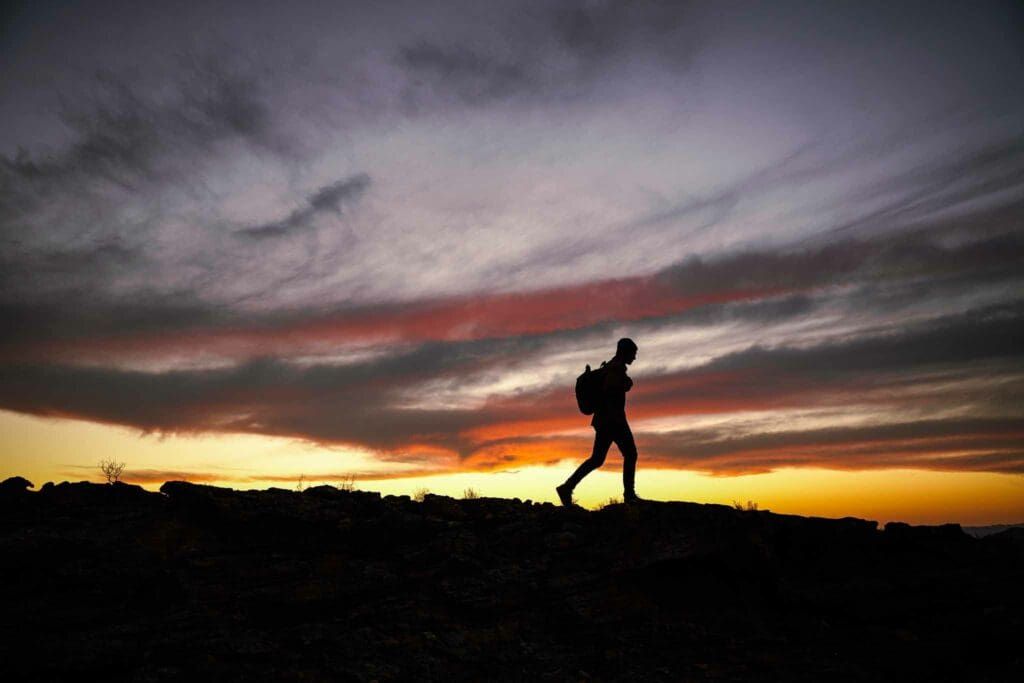
Silhouette of a hiker walking down the mountain at dusk.
Some items are crucial for every hiker to have in their pack. These items may not be necessary for every trip, but they are essential in case of an emergency. The amount of equipment a person should carry is up for debate, but most members of The Mountaineers agree on carrying carefully selected items to ensure survival in unexpected situations. It is important to tailor the Ten Essentials checklist according to the nature of the trip, considering factors like weather conditions, remoteness from help, and complexity.
The first seven essentials are typically small and can be grouped together for easier packing. Don’t forget to bring digital and physical maps, extra food and water, and appropriate clothing. This concise list is meant to serve as a mental checklist before embarking on a trip.
- Navigation: Tools for navigation may include a map, altimeter, compass, GPS device, and either a PLB, satellite communicator, or satellite phone along with extra batteries or a battery pack.
- Headlamp: plus extra batteries
- Sun protection: sunglasses, sun-protective clothes, and sunscreen
- First aid: including foot care and insect repellent (if required)
- Knife: plus repair kit
- Fire: matches, lighter and tinder, or stove as appropriate
- Shelter: carried at all times (can be a lightweight emergency bivy)
- Extra food: beyond minimum expectation
- Extra water: beyond minimum expectation, or the means to purify
- Extra clothes: sufficient to survive an emergency overnight
Items within brackets [ ] can be shared by a group.
Now, let’s dive into each of these essential systems and break them down.
The Ten Essentials were more widely popularized in Mountaineering: Freedom of the Hills. This manual, published by The Mountaineers, is considered the seminal text on modern mountaineering. The third edition of Mountaineering: The Freedom of the Hills, published in 1974, established a highly regarded system for safety and packing. All nine editions of this beloved text were written by volunteers, incorporating the expert knowledge of numerous outdoor skills instructors.
Navigation
Going back to our initial scenario, if you’re on top of a mountain in the dark, you need to get down. If the trail is unclear, you need to make sure you’re not above sheer cliffs or headed down the wrong drainage. Some tools you might choose to handle this are:
Map and Compass
When it comes to navigation, you can always rely on the tried and true method of map and compass. Unlike gadgets that require external technology like satellites, these tools will never run out of power. However, they may not be as useful in low light conditions, and it’s important to have a good understanding of how to use them effectively.
Mastering the art of orienteering is an invaluable skill. To learn about those classic navigational essentials, read How to Use a Compass and How to Use a Topo Map. For those who prefer structured guidance, REI offers expert training on navigating through the wilderness. Find a navigation class near you.



Shop Compasses at REI Co-op!
Handheld GPS Devices
The widespread availability of GPS has made this a more viable option than it was even ten years ago. Readily available apps can often get the job done, but an actual GPS unit is more robust and reliable than a smartphone. Know how it works before you go. Knowing where you are on the map doesn’t ensure you’re going the right way. If you download BaseMaps, ensure you have access to all the areas you plan to explore before you go.
Don’t buy a GPS receiver with the idea of ditching your map and compass. Finding your way out of the wilds isn’t something you can trust solely to battery-operated electronics.



Shop GPS Devises at REI Co-op!
PLB (Personal Locator Beacon)
A great last resort in case of search-and-rescue-level emergencies, locator beacons allow you to send your current GPS coordinates to local government and private entities. This option doesn’t help you get out on your own power, but if you’re in serious trouble, it lets you reach out for help. Some models even allow the transmission of messages between units.



PLBs and Satellite Messengers!
Altimeter
An altimeter is a more specialized tool for technical excursions that is always helpful. Together with a map and compass, an altimeter more accurately pins down where you are.

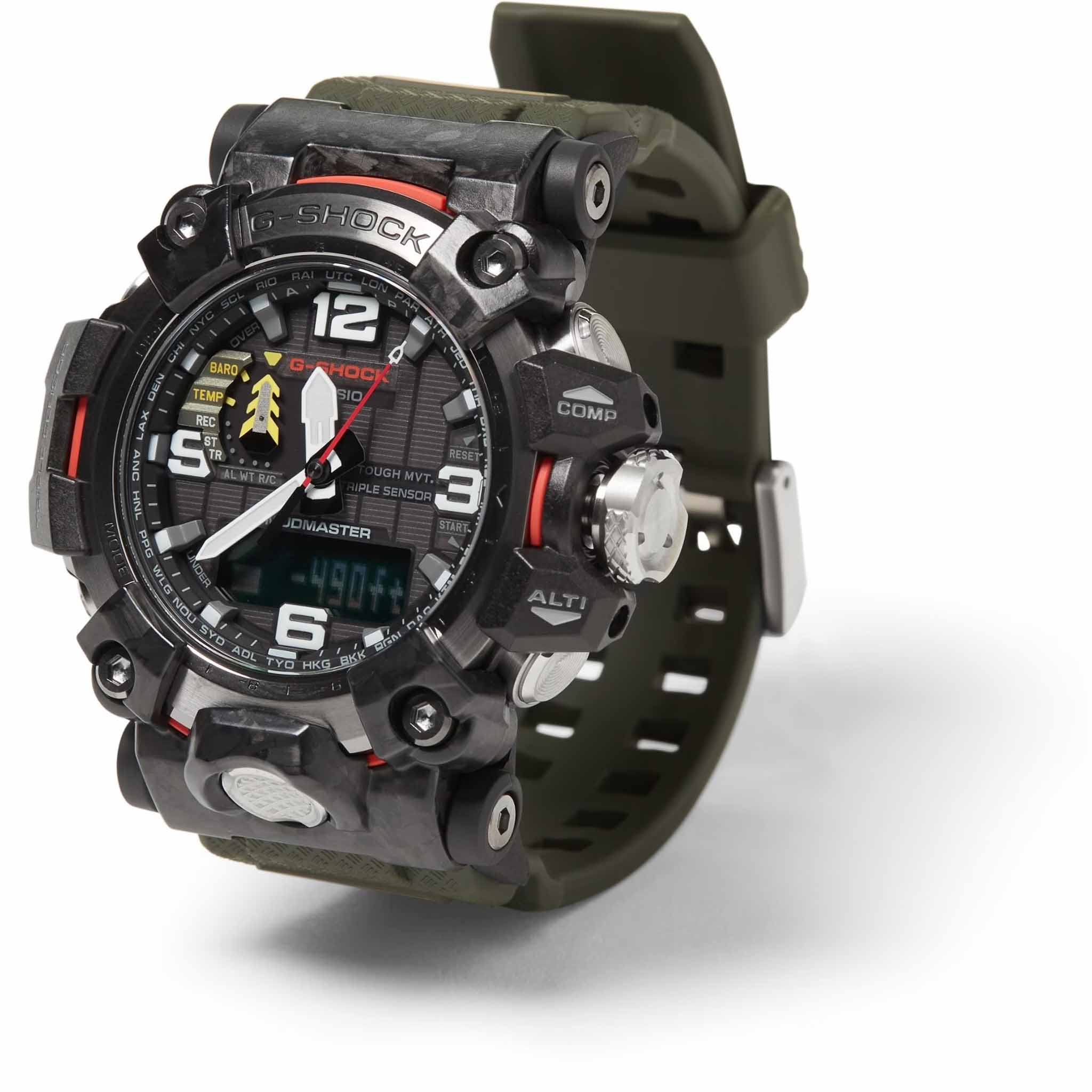

Shop Altimeter Watches at REI Co-op!
Headlamp
You don’t need to be a technical caver to know how vital lighting is. In our scenario, light is the primary obstacle to proceeding safely. Whether you choose a battery-powered model or something you can charge via USB, ensure you have backup power on hand. Consider carrying a secondary light source in addition to your primary headlamp.

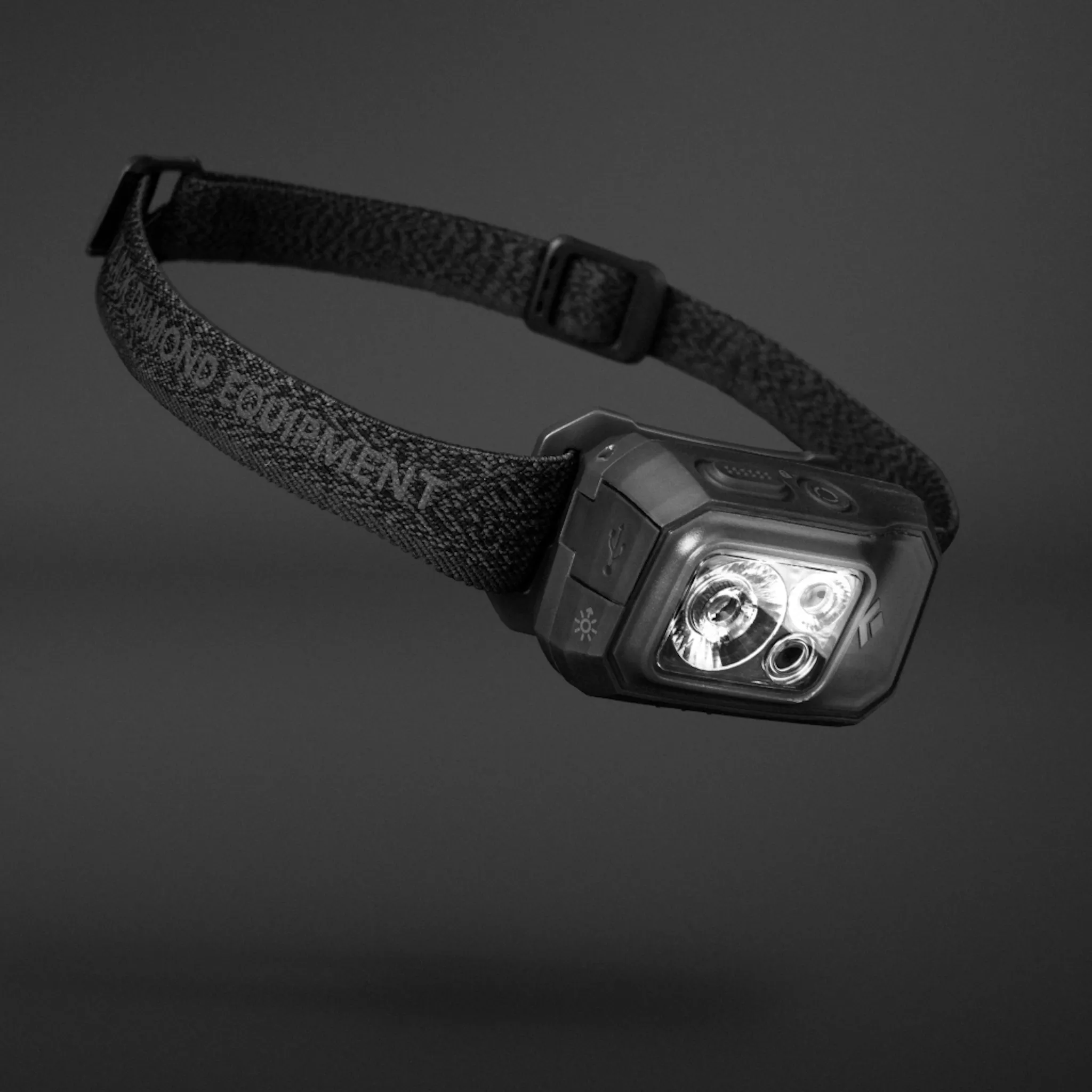
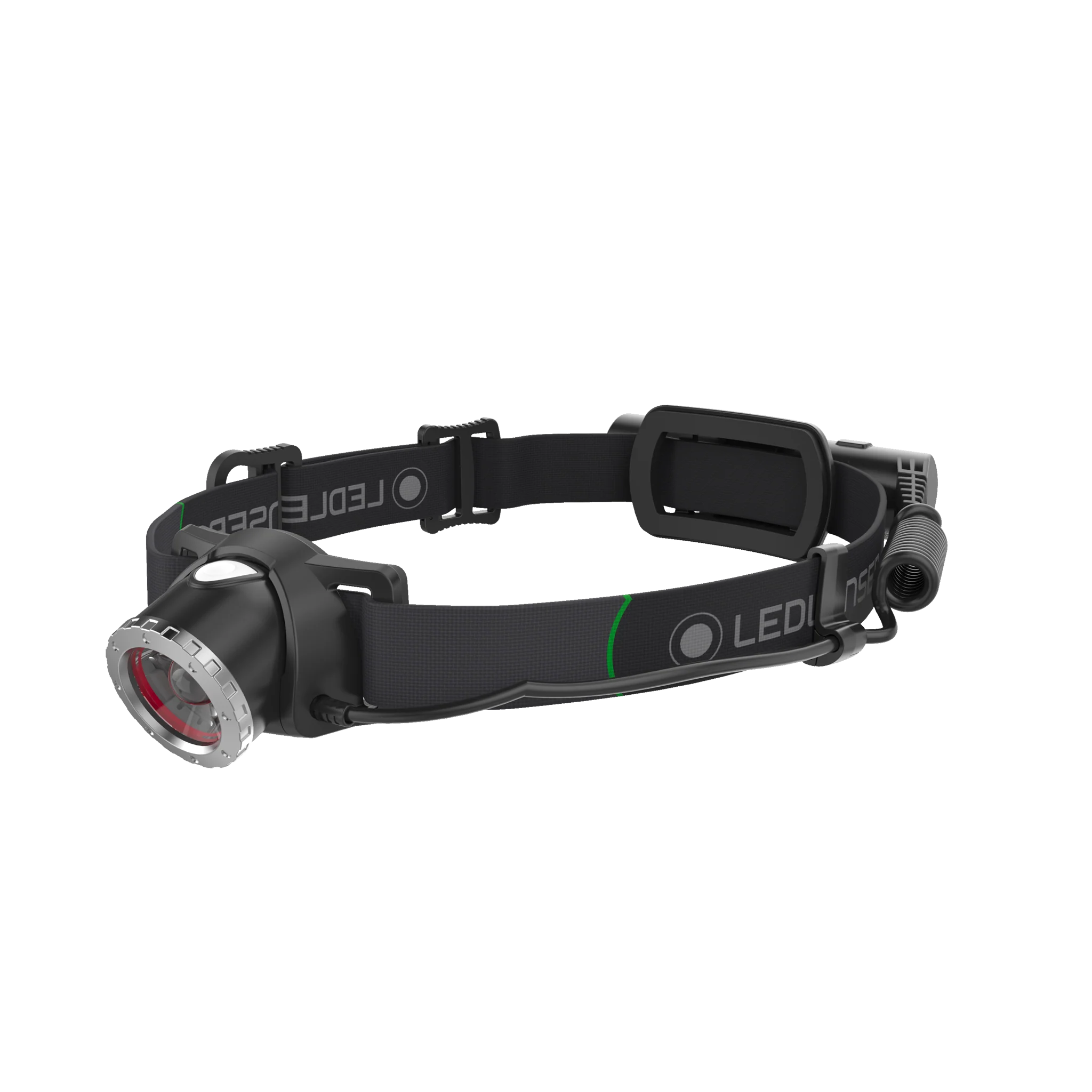
Shop headlamps at REI Co-op!
Sun Protection
This system is primarily meant to prevent the long-term effects of sun exposure. Skin cancer and cataracts are no joke. But not using sunglasses or sunscreen can lead to snow blindness and extreme sunburn, which both have their own concerns and heighten the likelihood of other accidents. In our scenario, a sunburn could be distracting from more important matters and may prevent you from sleeping if you have to wait the night out on the mountain.
Sunglasses
Sunglasses are a must at all times, but not all are appropriate for every outing. During snow travel, goggles or even glacier glasses might be necessary. The main distinction is the protection of the peripherals and blocking more UV light. Glacier glasses offer the best UV protection for prolonged snow or ice travel.


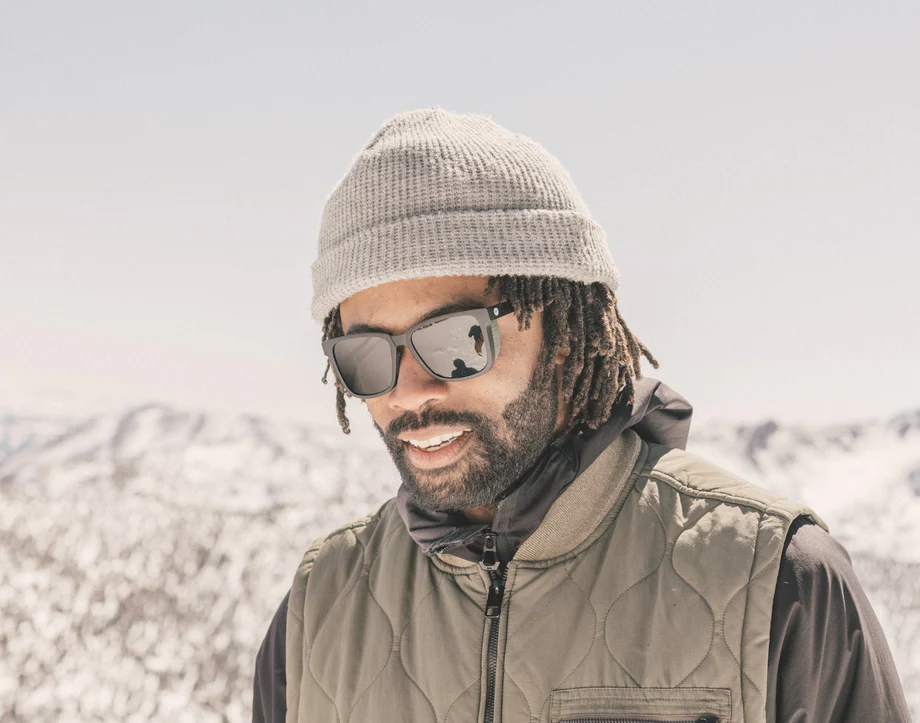
Shop sunglasses at REI Co-op!
Sunscreen
Depending on your skin, sunscreen is likely a must. The higher you venture, the less ozone you have to protect you, and sunburn can happen rapidly. SPF 30 is recommended. Make sure your brand protects against both harmful kinds of UV – UVA and UVB. And remember to get your ears!



Shop sunscreen at REI Co-op!
Clothing for Sun Protection
Clothes can also be an effective solution to sun exposure. Long sleeves, wide-brimmed hats, and bandanas are great items to consider. But still use sunscreen on exposed skin.



Shop sun-protective clothing at REI Co-op!
First Aid
First aid is crucial. But how much to bring depends on the activity, duration, and group size. For a solo outing fishing on a river near your house, you might want to bring a kit sufficient to administer aid for minor injuries, foot care, analgesics, insect repellent, and any prescriptions you might need.
For a multi-day group mountaineering trip, each member may want something similar to this. But one member (with the most training) should bring something more in-depth in the event of serious trauma.
Understand your first aid kit thoroughly. Should an accident happen, you must find what you need as quickly as possible. Educate yourself on how to administer first aid when necessary. In the above scenario, being injured on top of everything else could prevent you from getting off the mountain.
Take REI Co-op’s Wilderness First Aid class to prepare for the unexpected. This 16-hour course, taught by NOLS, is perfect for those who work in the wilderness or enjoy outdoor activities. Certification is earned upon completion of the course, which includes both classroom and outdoor instruction regardless of weather.



Shop first aid kits at REI Co-op!
Knife
Your knife is the handiest multi-purpose tool in your inventory. For everything from repairing your gear, administering first aid, cooking, starting a fire, or making a temporary shelter in an emergency, your knife should always be on you. A survivalist going on a primitive skills trip would have a large, full-tang knife on their hip. But for most outings, a multitool with pliers, screwdriver, can opener, scissors, and a short blade is more useful. Usually lumped in with a knife is a gear repair kit, including a paracord, needle and thread, duct tape, safety pins, and zip ties. In our opening scenario, breaking a grommet on the ultralight tarp you’ve made a shelter from could leave you exposed to the elements.



Shop knifes and tools at REI Co-op!
Fire
If you’re stranded and facing the cold, the ability to start a fire can be the difference between life and death. You should be handy with your preferred method, be it a lighter, matches, a lens, or flint and steel. Understand the drawbacks of each. For example, lenses are dependent on sunlight, and lighters won’t work when wet. Also consider carrying some tinder, such as steel wool, lint, and candles. Stoves can often be more practical for producing warmth and boiling water and are always recommended for overnighters. In the case that you are forced to wait out a night near the summit of Mount Superior in dropping temperatures, you may have to start a fire. Remember: if the object is to survive, be sure not to burn the forest down.



Shop fire-starting gear at REI Co-op!
Shelter
Keep a shelter or something you can fashion a shelter from on your person. In our example scenario, if you’re unable to get off the mountain, your next option is to wait until morning. Doing this safely and comfortably depends on your shelter. In high-risk scenarios, a personal bivouac is ideal. But even in low-risk settings, an ultralight tarp, tent footprint, space blanket, or even a trash bag can be enough to make it through an emergency.



Shop emergency shelters at REI Co-op!
Extra Food
A good rule of thumb is to bring enough food with you to survive 24 hours longer than you plan on spending in the wilderness. Ready-to-eat items like summer sausage, jerky, dried nuts and fruit, energy bars, granola, and even candy are great for quick energy. If you plan to overnight, you probably want several extra meals, even coffee and tea. When you’re deprived of nutrients, your judgment can be impaired, which puts you in even bigger trouble.



Shop food at REI Co-op!
Extra Water
Water is the most vital ingredient to sustaining human life. It goes without saying that you should always have some for now and plenty for later – in any scenario. If water will be readily available on your outing, it can be smart to bring a filter, purifier, tablets, or a stove along to carry less weight in water. The Institute of Medicine recommends at least 101 ounces per day for men and 74 ounces for women. Ensure you have enough, and then some.



Shop Hydration REI Co-op!
Extra Clothes
Always have at least one spare layer in your pack. If not for you, then for someone else in your group who may need it. If you have to shelter in place at 11,000 feet until morning, your main objective is staying warm and dry. If you already have a shell to wear, pack extra layers for warmth.
If it’s midsummer in the desert and lows are in the 70s, bring something waterproof. You never know when the weather could turn. A beanie, gloves, and warm socks can make all the difference when overnighting in the high alpine. Always be prepared for the worst conditions that could realistically happen given the time of year and setting of your activity.
Baselayers

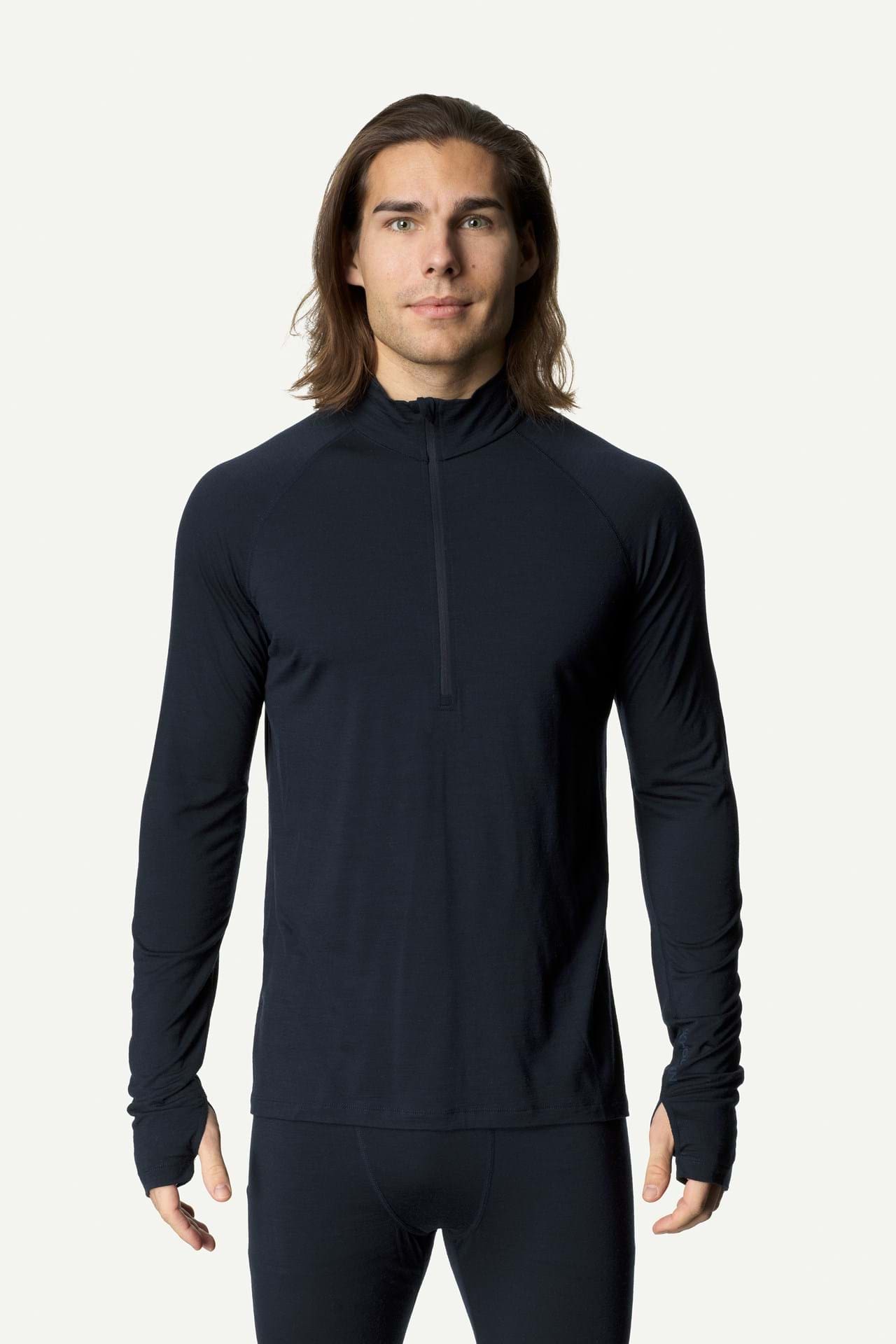
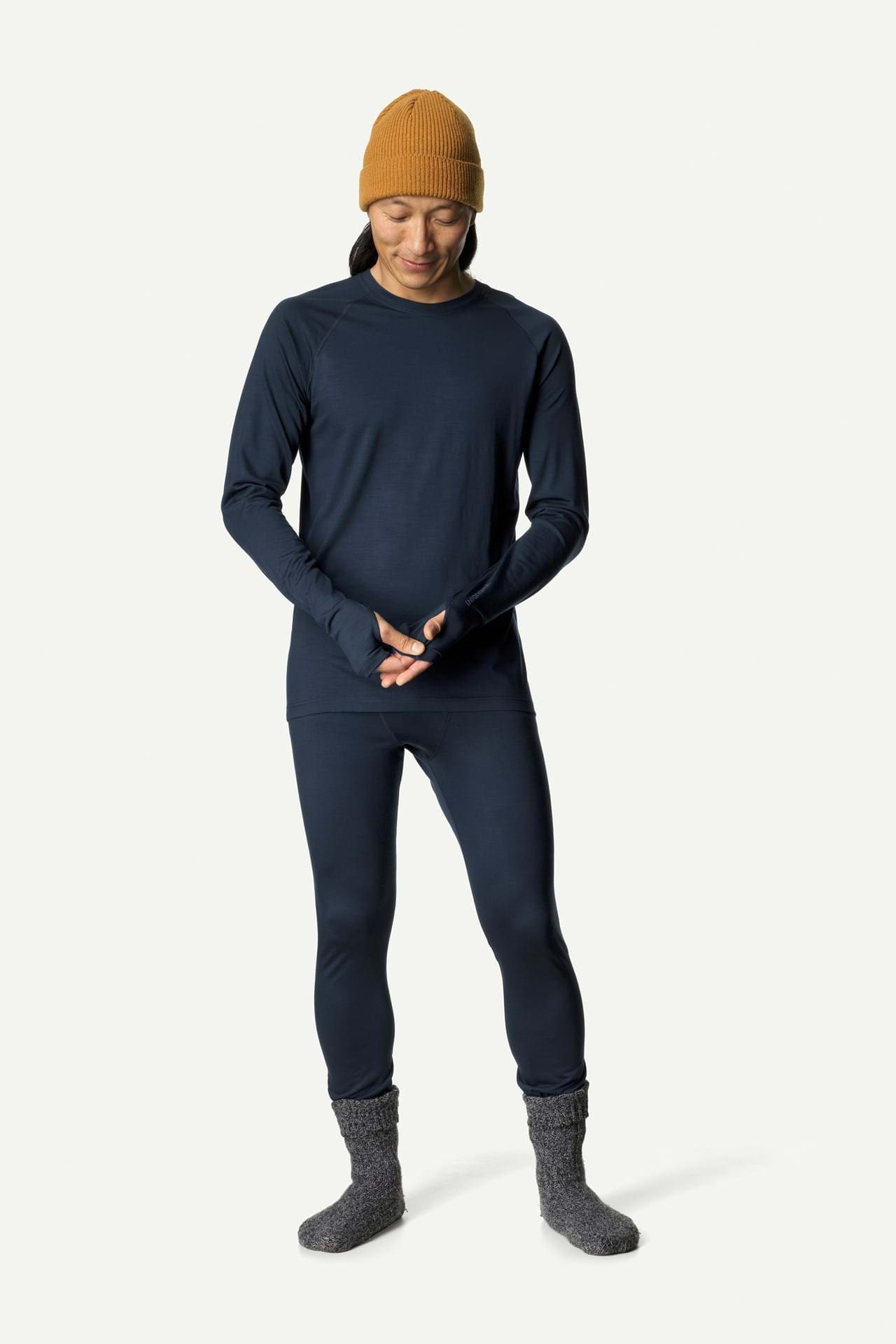

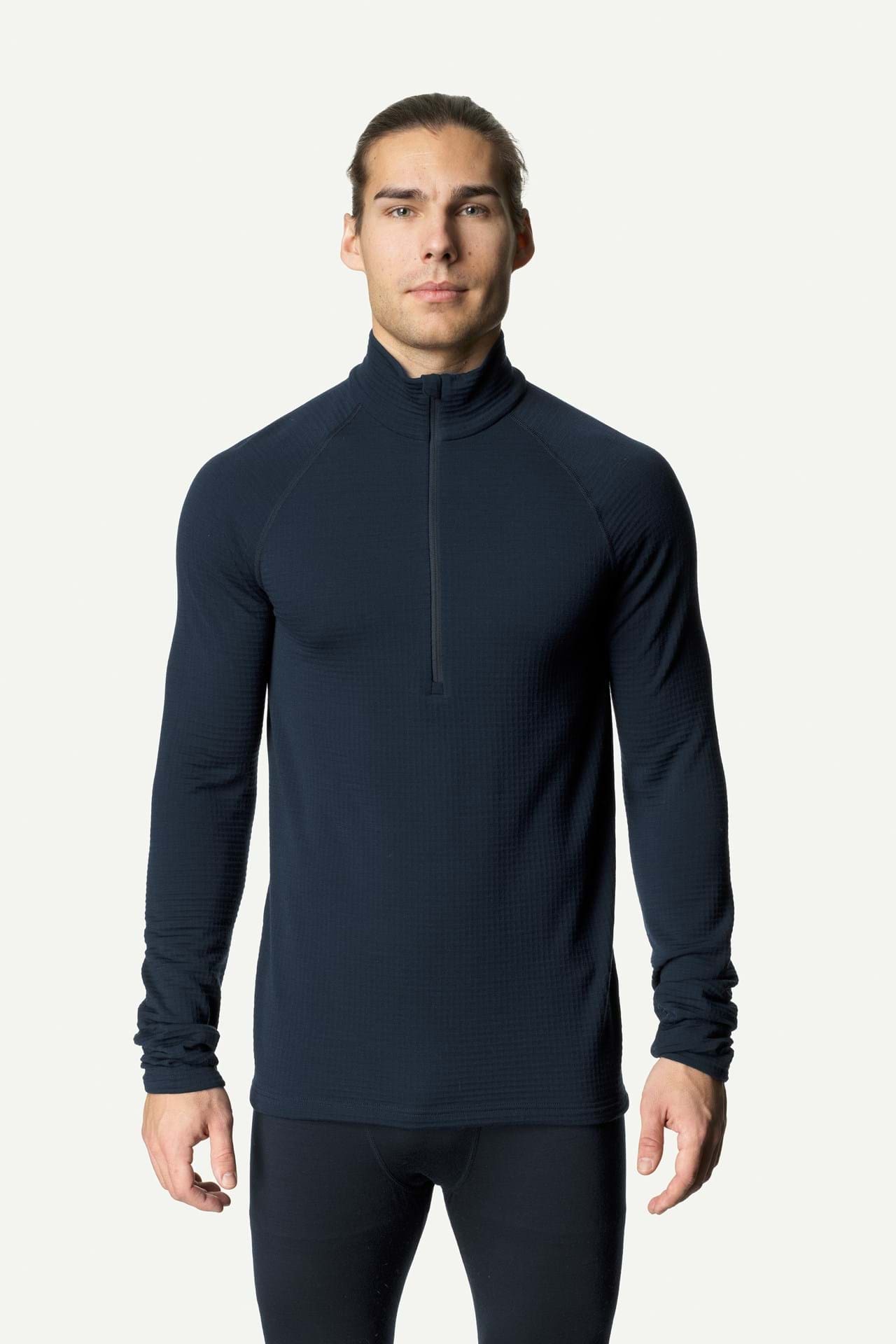

Mid Layers



Shop Hiking Clothes at REI Co-op!
Conclusion
The gear items listed may not be needed for every outing. If you’re headed out on a familiar, well-traveled trail for a day hike, an altimeter may not be necessary, but it’s still important to have a map and compass for navigation purposes. It’s crucial to have some form of coverage for each essential system at all times. Unexpected situations can arise, and accidents are always a possibility. The key is to adapt your kit based on the duration of your trip, the time of year, the forecasted weather conditions, and the size of your group. Knowing what to bring and when requires either years of trial and error or simply some foresight when packing.
In the video below, Katie from REI shares an updated Ten Essentials list – a set of ten systems to help prepare individuals for navigating the backcountry.




